block_c9fbfd239f6388718dc609e62822c190
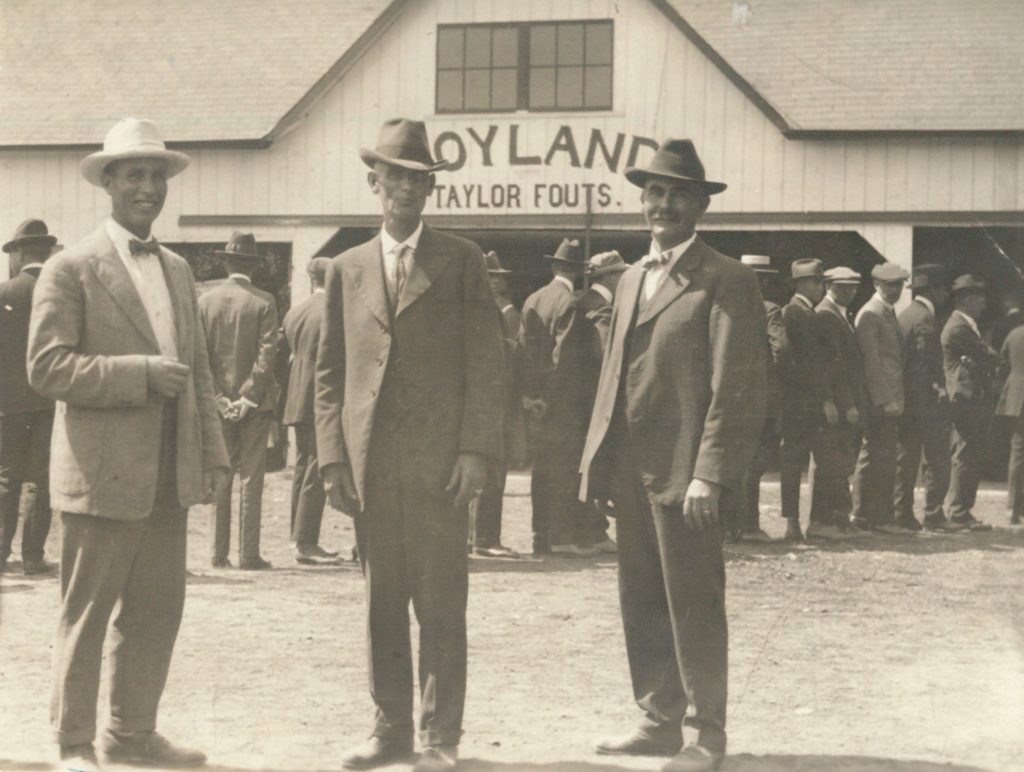
1920
The first corn belt soybean field day was held in Camden, Indiana. The national Soybean Growers Association (later American Soybean Association) was founded.
block_ede8a82919ce6d249bbd2b7c7a65f02c
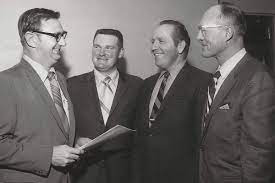
1966
The Indiana Soybean Growers Association is formed to advocate for soybean farmers on important industry issues
block_80185aeef608bd7e581c3d6d6237fabe

1967
Eighty-five members attended the first annual meeting of the Indiana Soybean Growers Association.
block_9600183f8a797365180147dc52fc79f6
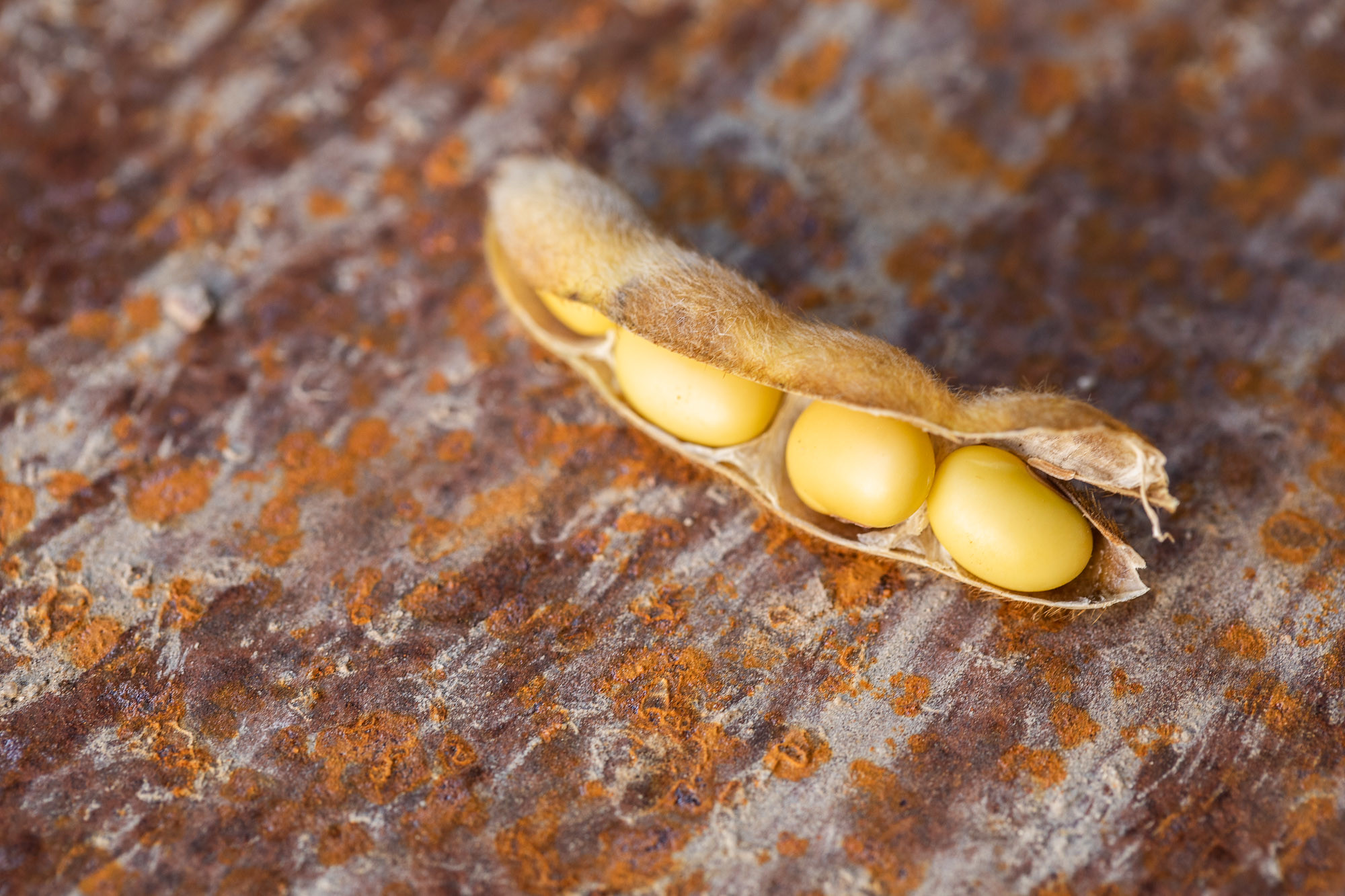
1980
Twenty-six states passed soybean checkoff legislation. Indiana and Ohio were the only two soybean producing states without soybean checkoff programs.
block_cf2f0b0bfec281be3ad3f90df14ec920
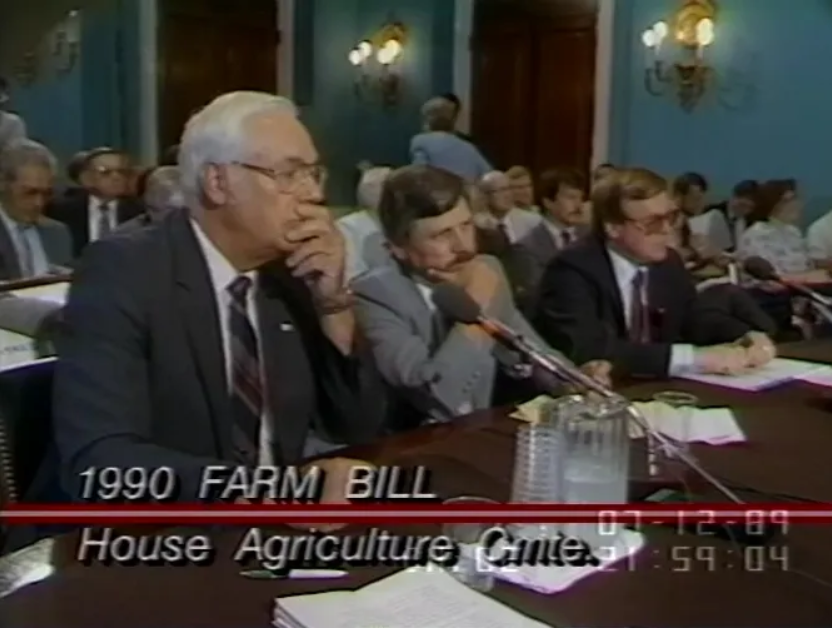
1990
Congress passed the Farm Bill which included a provision for a Soybean Promotion and Research Checkoff.
block_4e4dd63b86587e05b6e5ba9898314d26
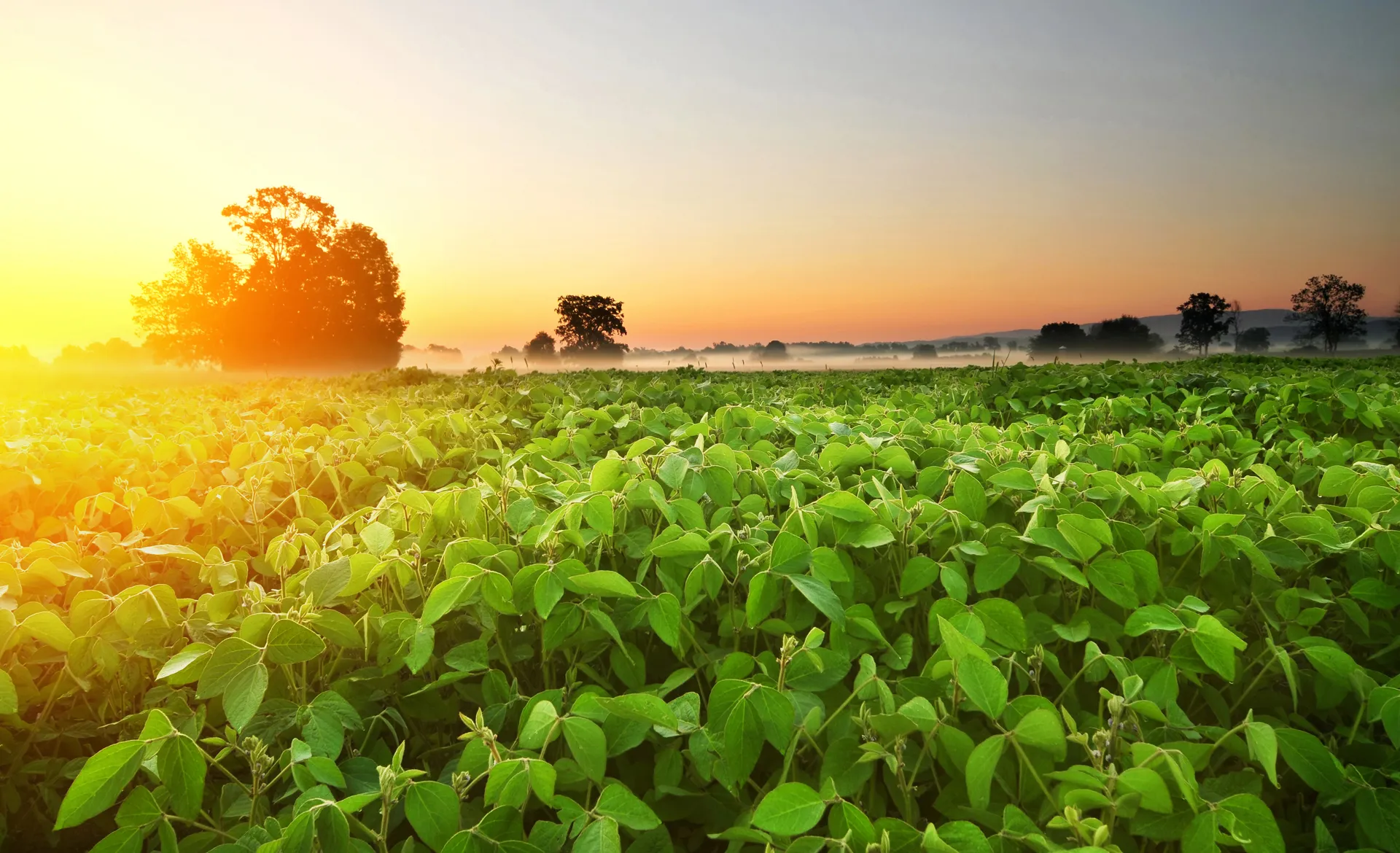
1991
The soybean checkoff was approved, and the Indiana Soybean Development Council opened its office in Lebanon, Indiana. A board of 18 farmers was elected.
block_259beaf40d65e6b33c05dfe89b4fff0b
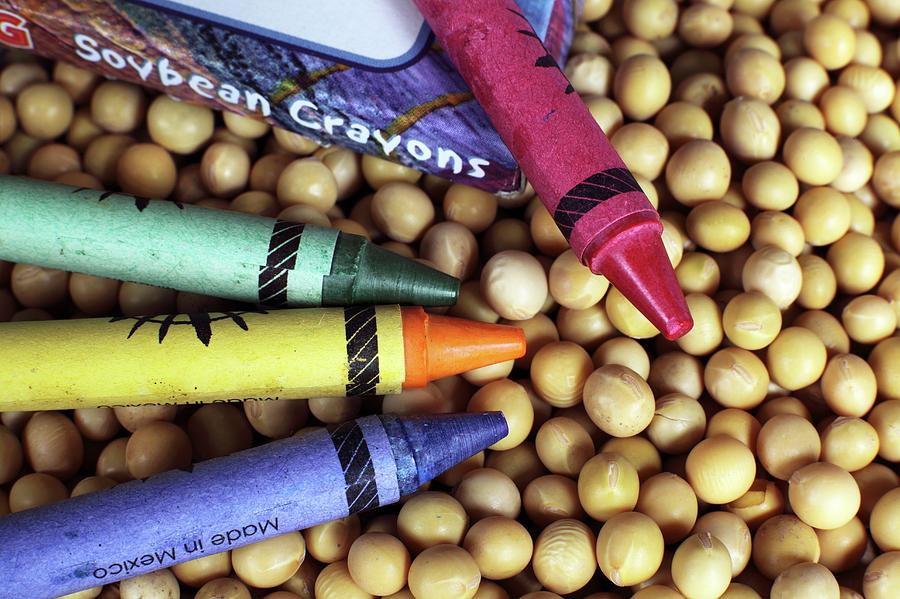
1994
Soy-based crayons won the first Student Soybean Innovation Competition at Purdue University, which encourages students to create new industrial products from soybeans.
Fifty-four percent of U.S. soybean farmers voted in the referendum to continue the soybean checkoff.
block_a76c9ed9db109c846ab71cdeae6f5c85
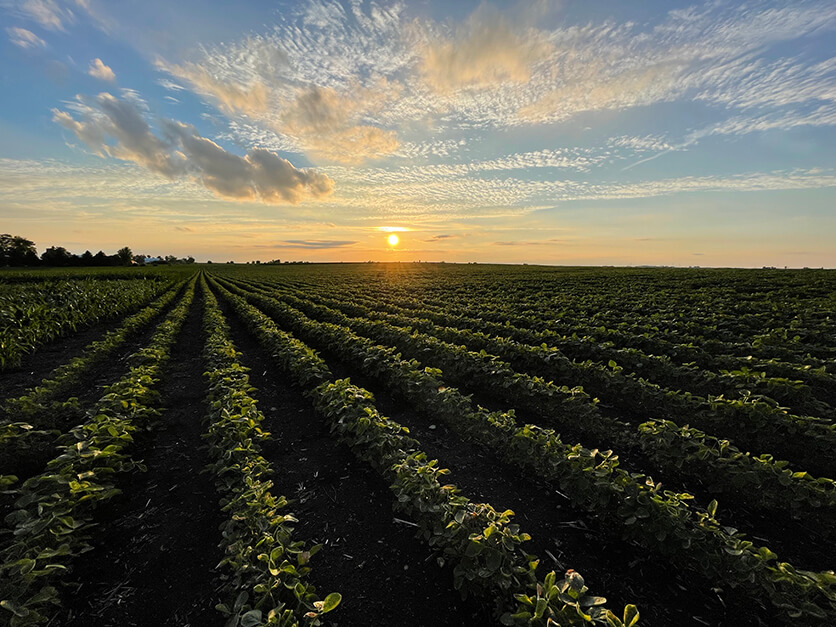
1995
The soybean checkoff refund program was discontinued. Many farmers lobbied against refunds saying that it was unfair that some farmers paid the checkoff while others received refunds.
block_f01eadb55ab3810479ea7b86744ade9c

1996
The Indiana Soybean Development Council created a soybean science kit and placed it in 100 elementary schools around the state.
Purdue agricultural engineering students Adam Watkins, Amy Khal and Rahul Nair invented edible birthday cake candles that use soybean oil, an earth-friendly renewable resource, in place of petroleum-based paraffin.
block_e9f01a0443def6abce91c482271e2f71

1997
The Indiana Soybean Development Council changed its name to the Indiana Soybean Board. As part of the change, the board of directors expanded to 36 farmers. Staff, previously employed by the Indiana Soybean Growers Association, were now employed by the checkoff-funded board.
The Indiana Soybean Development Council and Dixon-Ticonderoga Company launched the sale of soybean crayons, the first product to be successfully commercialized from the Student Soybean Innovation Competition.
block_16563cc0054ef654d284bd92d58df7a9
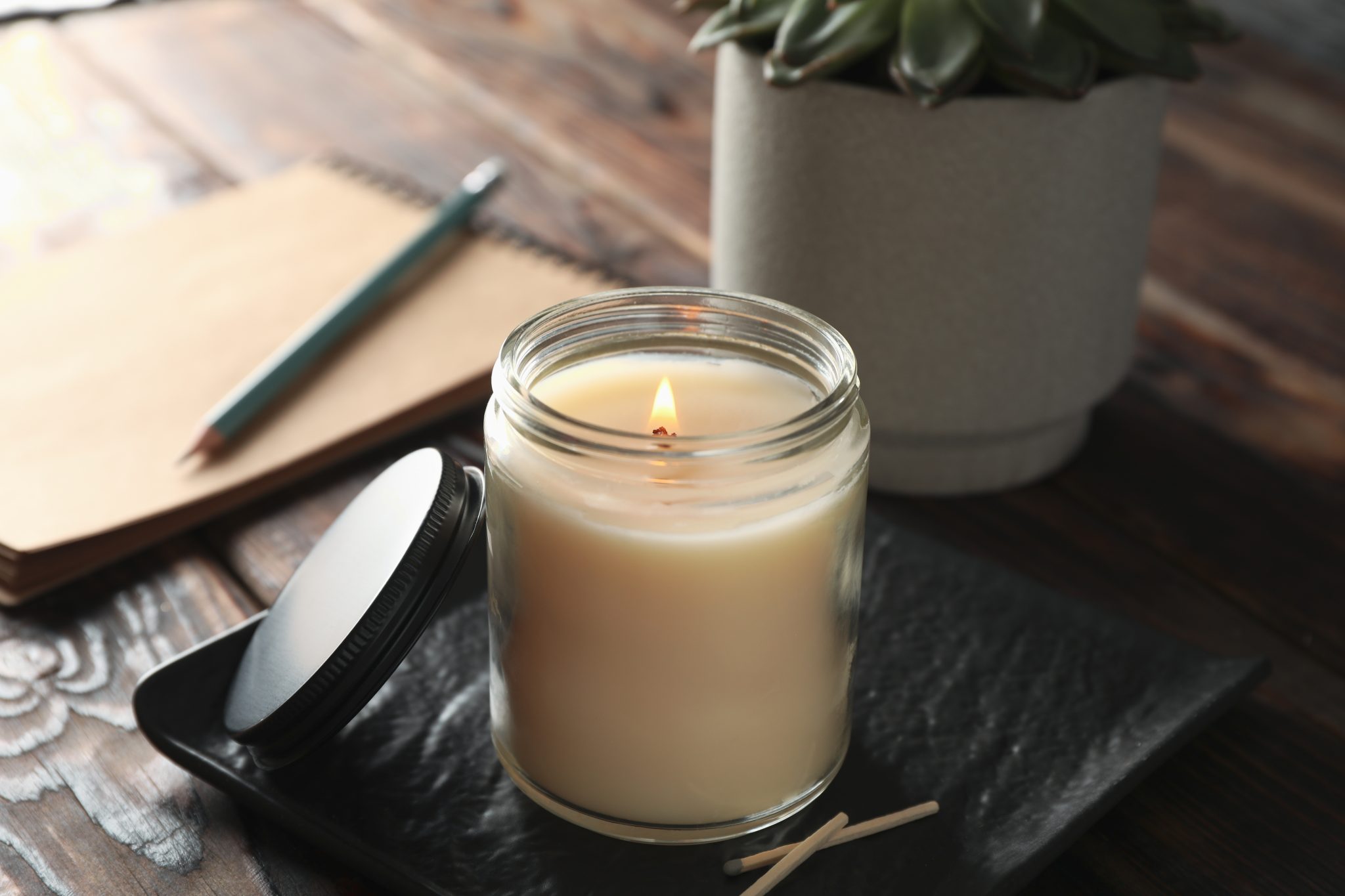
1998
The Indiana Soybean Board introduced the first soy-based candle at the Farm Progress Show in Windfall, Indiana. This is the second product to be successfully commercialized from the Student Soybean Innovation competition.
block_ff13809daf61a2dd2cd4f4d768ca51c4
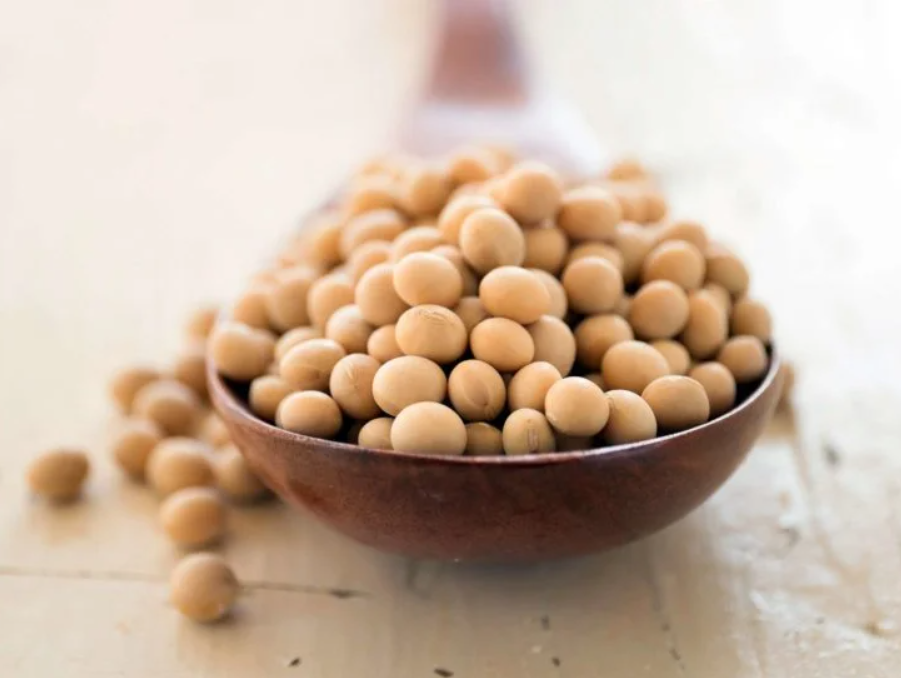
1999
Based on years of checkoff-funded research, the U.S. Food and Drug Administration approved a health claim about the relationship between soyfoods as part of a heart-healthy diet.
block_ce7bc2974a12540d1935990836cfa5c4
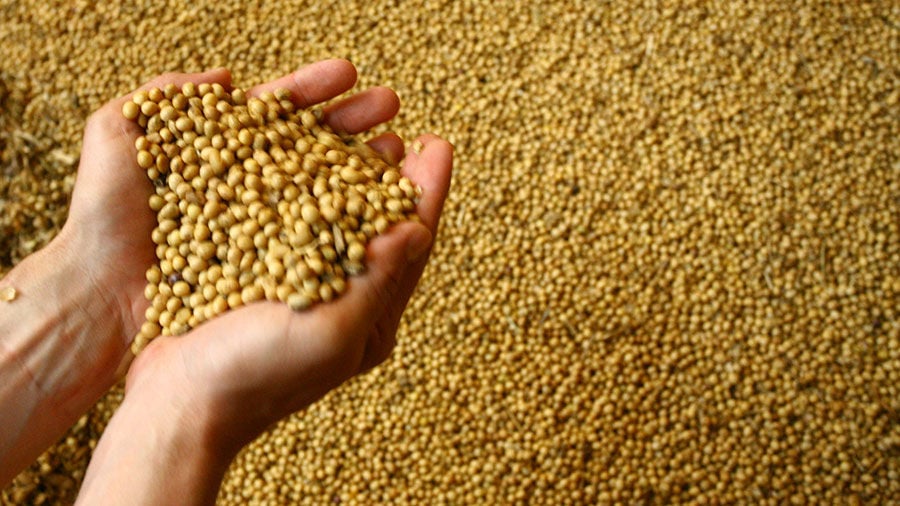
2000
The U.S. Department of Agriculture announced that it will not conduct a referendum on the soybean checkoff. Less than three percent of U.S. soybean farmers signed a request for referendum form. Ten percent is needed to push the program into a referendum.
block_7aa9d0f62da204986c7efafc278c4760
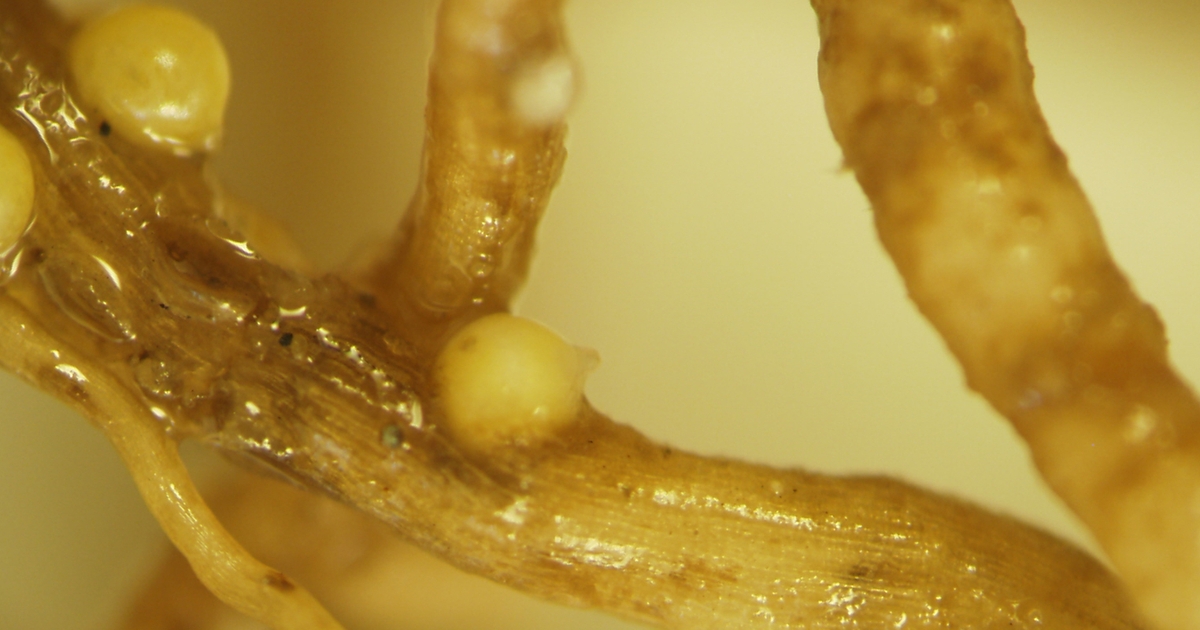
2001
CystX, the first new SCN-resistant germplasm in 25 years, launched at the Farm Progress Show in Lafayette, Indiana. The germplasm was discovered by checkoff-funded researchers.
The Indiana Soybean Checkoff celebrated its 10th anniversary.
block_d3d052a64b5c192d9938346bd3b296f6
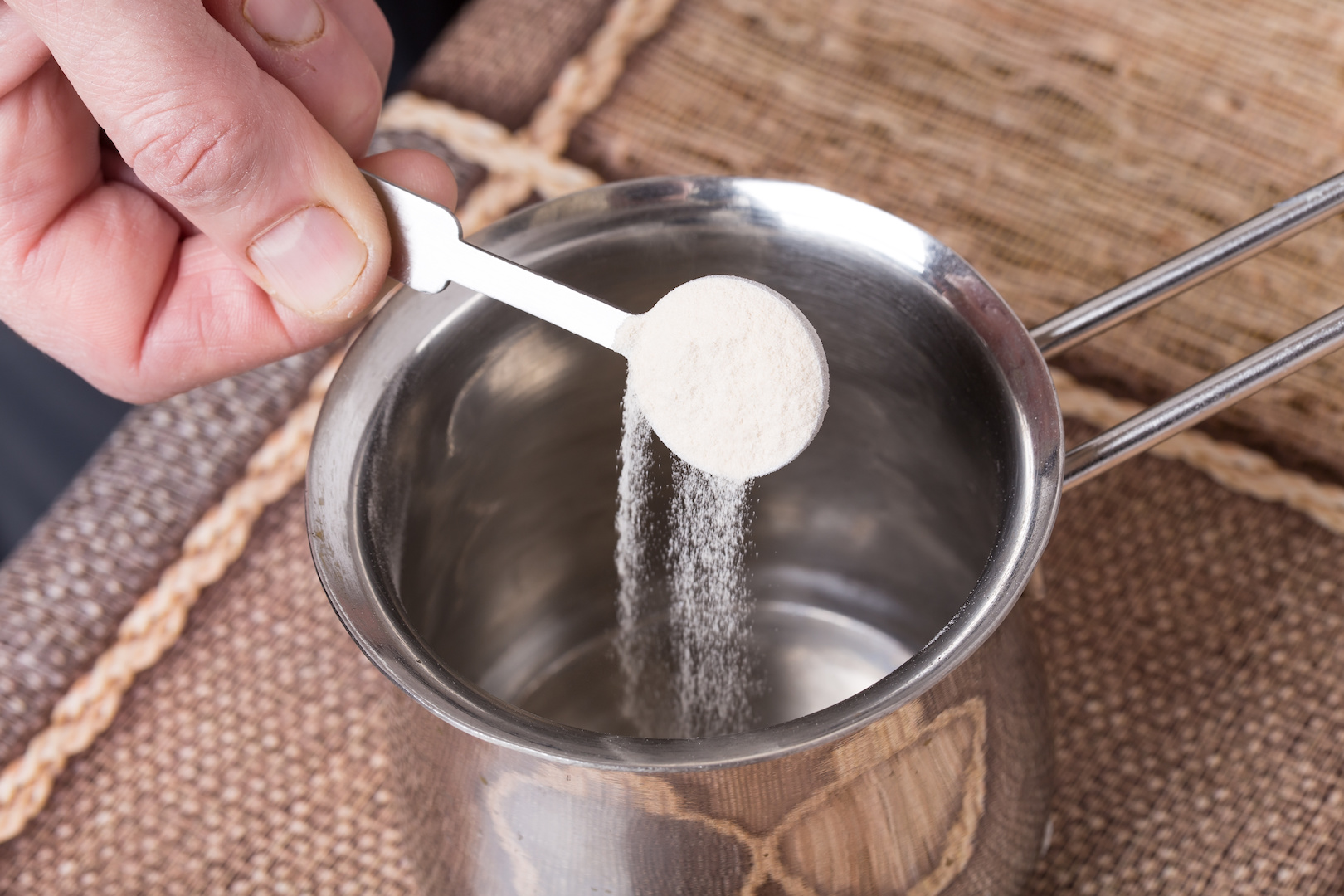
2002
Indiana farmers signed soy gelatin contract with California based LuLu’s Foods. NuSoy Gel is packed with soy protein and is the first vegan gelatin on the market.
block_57de561aab649858778a1865d7db51ad
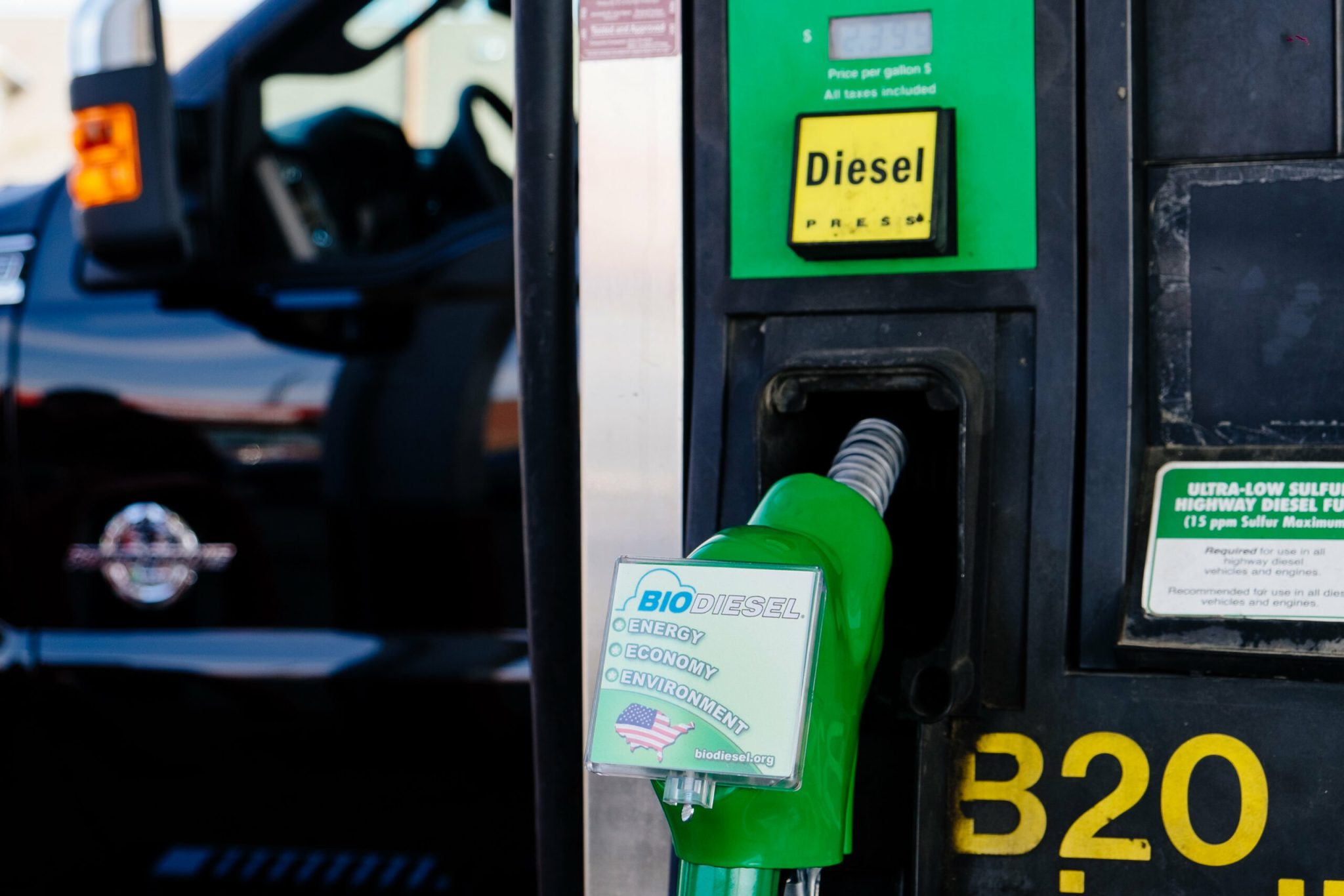
2003
Hamilton County Indiana schools cut bus emissions by switching to soy-based biodiesel fuel.
block_e36220e1c51545fafd154a607475ad08

2004
The Indiana Soybean Board partnered with the Purdue School of Agriculture to fund the Soybean Utilization Endowed Chair.
block_ed610d0432f7e627917c14821bf53a2f
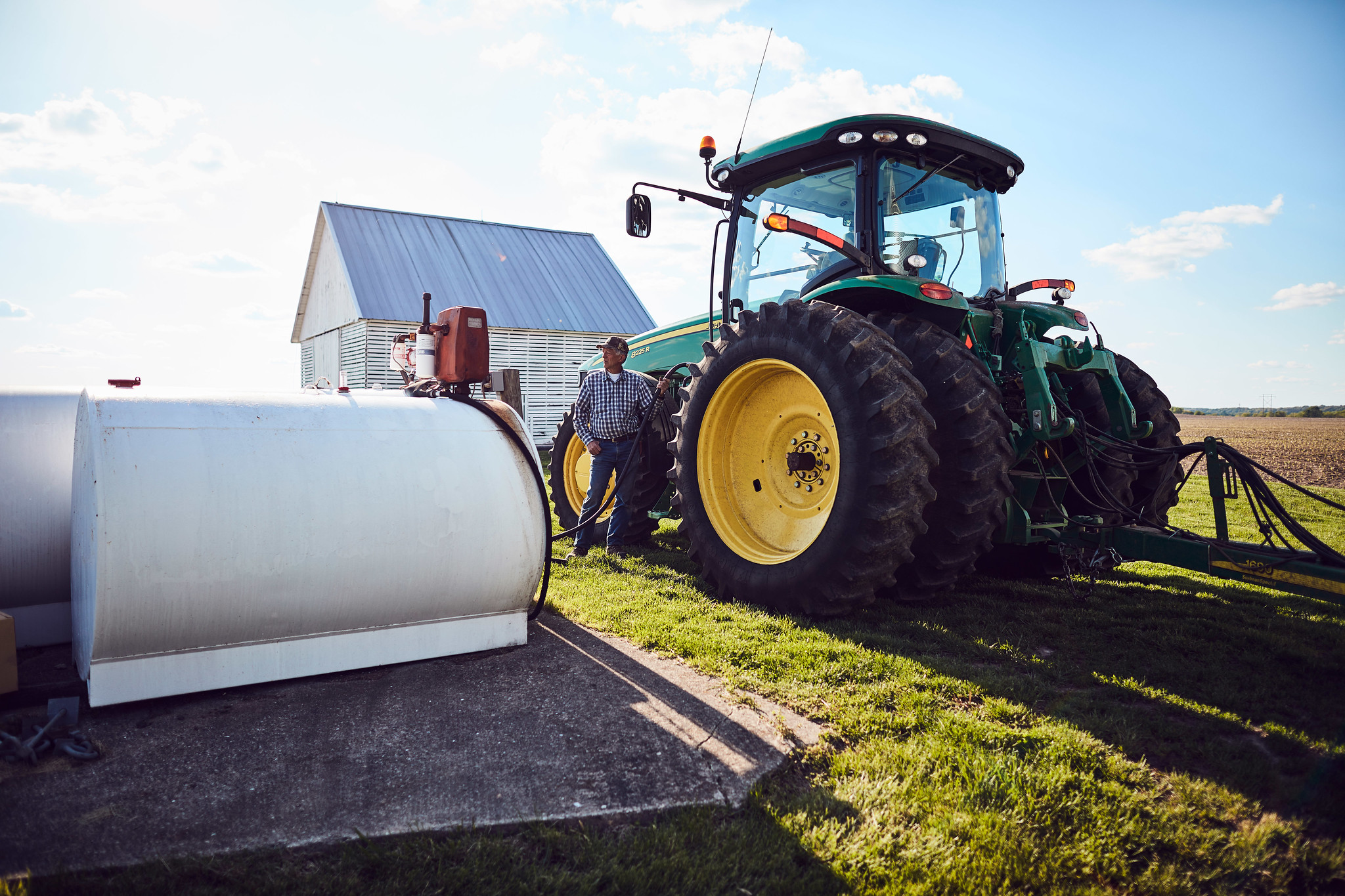
2005
Hoosiers have consumed nearly 50 million gallons of soybean oil-derived biodiesel to power Indiana school buses, farm equipment, and more.
Indiana Corn organizations signed a management agreement with the Indiana Soybean Board.
Cargil named the exclusive licensee for Indiana Soybean Board’s candle patent.
block_b6b2acceda25cf3936cd45620e844903
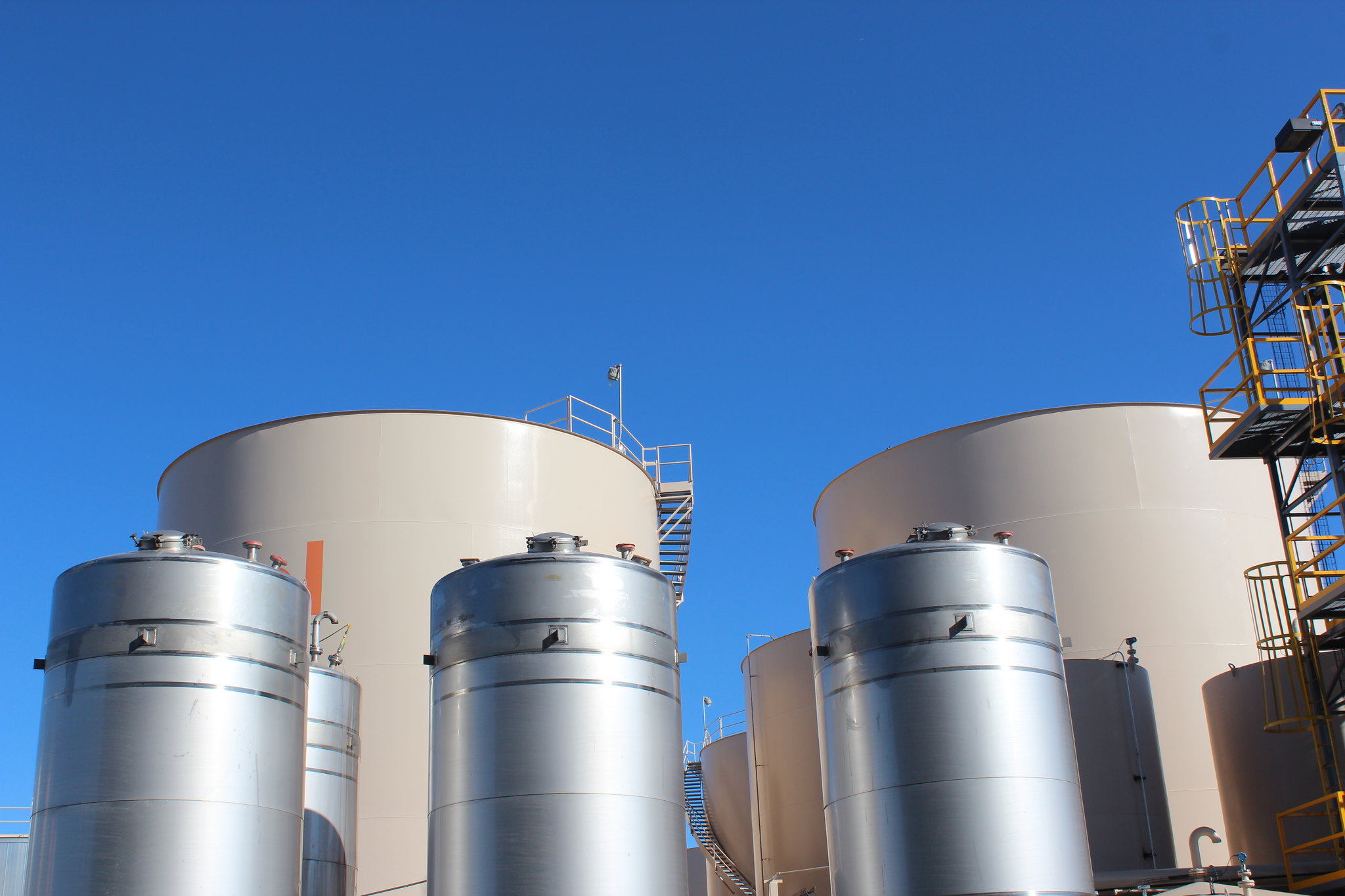
2006
The Declaration of Energy Independence was signed by 250 farmers.
Indiana began producing soy biodiesel.
block_d7ae533a1ca10b1e52fa36db0d497968
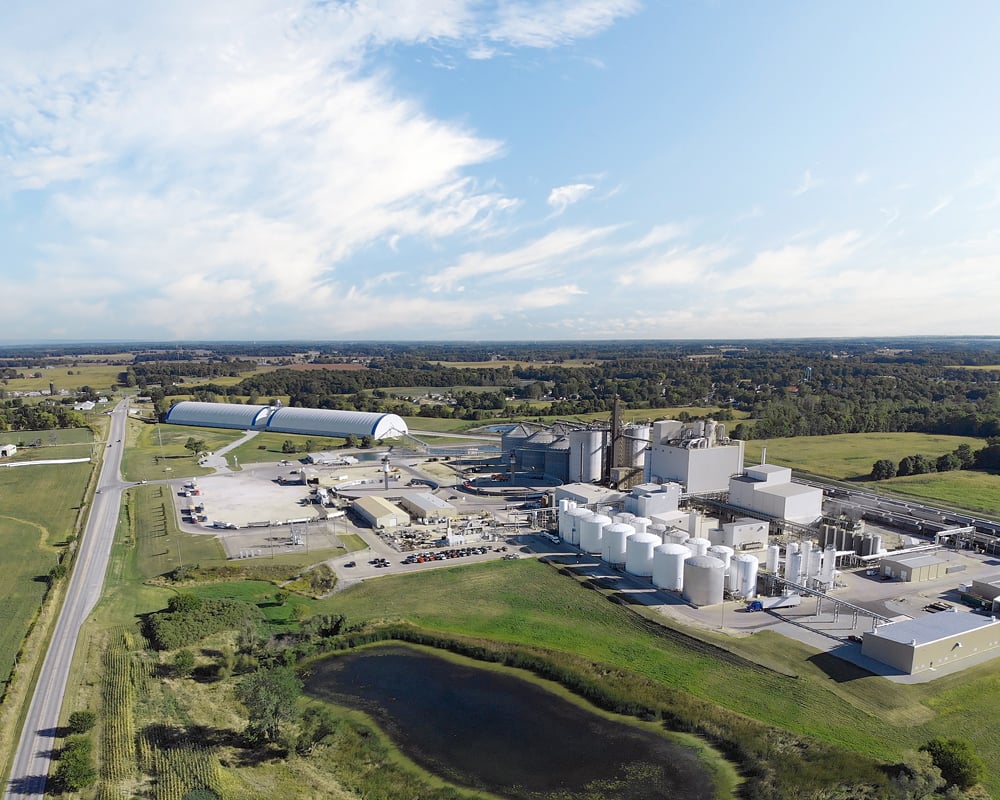
2007
The Indiana Soybean Board and the Indiana Soybean Growers Association merge to form the Indiana Soybean Alliance, a board composed of 24 volunteer farmers.
Board member Roger Hadley was awarded the American Soybean Association Lifetime Achievement Award.
Dr. Bernie Tao, who served as the Indiana Soybean Board Professor in Soybean Utilization at Purdue University, received the USB National Soybean Utilization award.
Louis Dreyfus opened the world’s largest integrated soybean processing and biodiesel plant in Claypool, Indiana.
block_ae8f5f5ea34e3af1de4a3034c34c9d5d
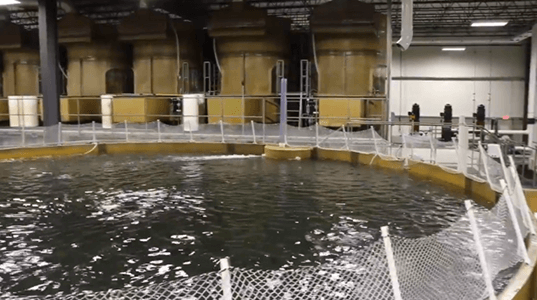
2008
Bell Aquaculture, the nation’s largest yellow perch aquaculture farm, opened its doors and utilized soybean meal in its fish feed.
block_d23d8e7056af755c546455b4e0ba2fa0
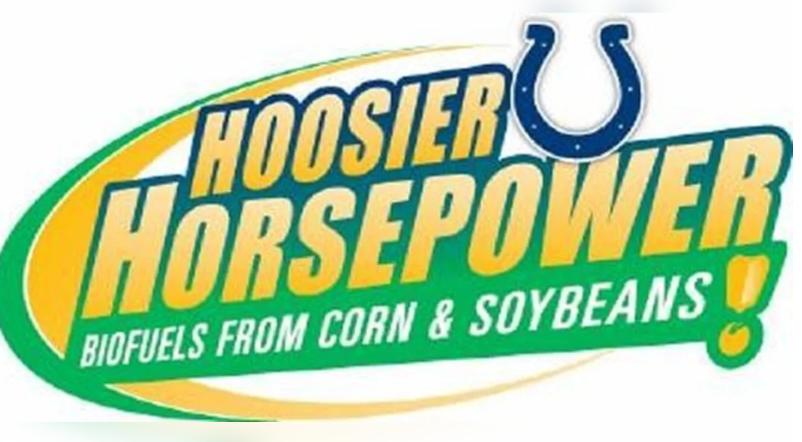
2009
ISA farmers traveled to Alaska to test permaflo technology, a biodiesel formulation that reduces gelling of biodiesel in cold weather conditions.
ISA partnered with the Indianapolis Colts to develop the Hoosier Horsepower educational program, which provided standards-based lesson plans about biofuels and how they affect the state.
block_8342f29bb82ed07a9fd3946ac82b12f9
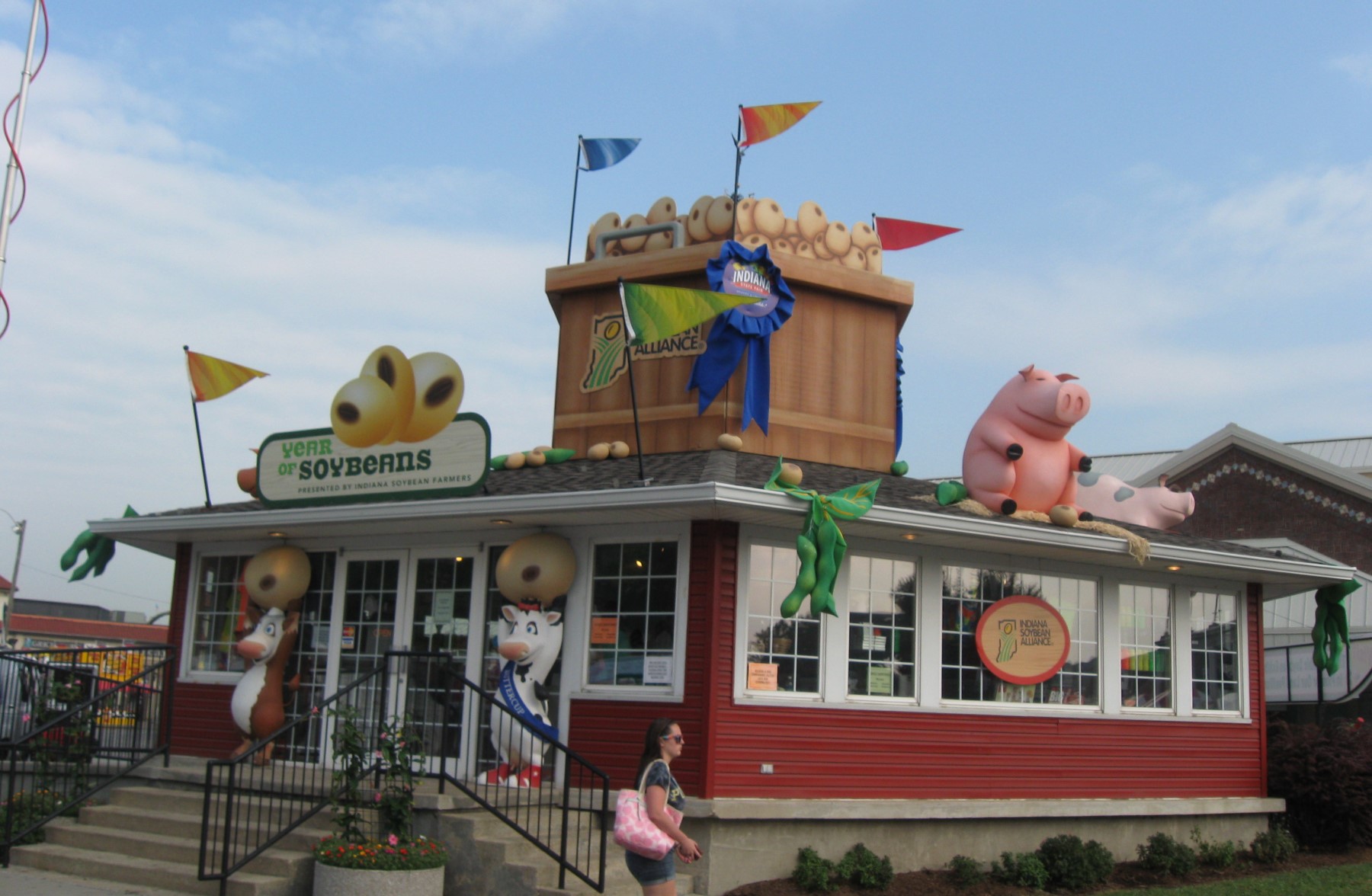
2011
Soybean farmers hosted the “Year of the Soybean” at the Indiana State Fair.
Indiana Soybean Alliance formed the Soy Aquaculture Alliance, which is focused on expanding the U.S. aquaculture industry through increased use of soybeans in fish diets.
Infield Advantage was created to offer farmers resources and tools to apply and evaluate the use of cover crops on their farms.
block_a2e891ce72e62b067181e53d307abd96

2013
The Glass Barn opened on the Indiana State Fairgrounds during the 2013 Indiana State Fair. Created to give fairgoers a transparent look at modern agriculture, the Glass barn also hosts field trips year-round for students.
block_cbc0ffe5350fc029fd10813e239d41f9
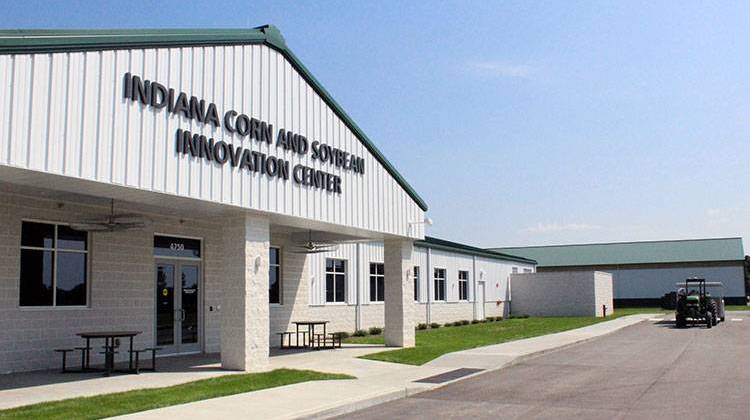
2016
The Indiana Soybean Alliance celebrated 50 years of serving Indiana’s farmers.
Indiana Soybean Alliance, along with the Indiana Corn Marketing Council, invested in a new automated plant phenotyping facility at the Purdue Agronomy Center for Research and Education. The Indiana Corn and Soybean Innovation Center opened on Aug. 29.
block_b44a7f2eef0f1d67d99721bc17a5f773
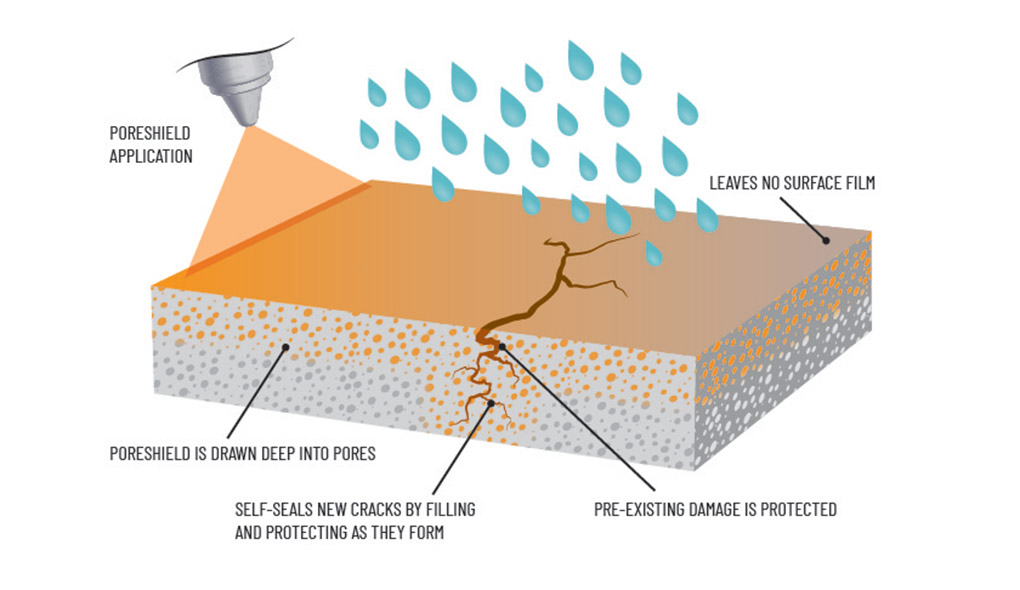
2019
PoreShield, a soy-based product created through a research collaboration between ISA, Purdue University, and the Indiana Department of Transportation (INDOT), was funded by soybean checkoff dollars.
INDOT applied PoreShield on sections of U.S. 24, Interstate 69 and Interstate 65. The department saved money and reduced labor costs compared to the products and practices it replaced. The estimates are a 20% percent savings from application on joint treatments and a 25%-35% savings from surface treatments, such as on bridges
Soybean-based drinking straws won the 25th annual Student Soybean Innovation Competition.
block_496cec291e1a51896c7dfd9d541f10dd

2020
ISA’s Upper White Cover Crop Program was recognized by the White River Alliance as the recipient of the 2020 Exceptional Commitment to Watershed Protection Award.
The B20 club of Indiana was created as a joint effort between the ISA and the American Lung Association. This organization was formed to recognize and support Indiana-based fleets running on biodiesel blends of B20 or higher.
block_4e58d070fb8a8db939214bd1e6cad3d0
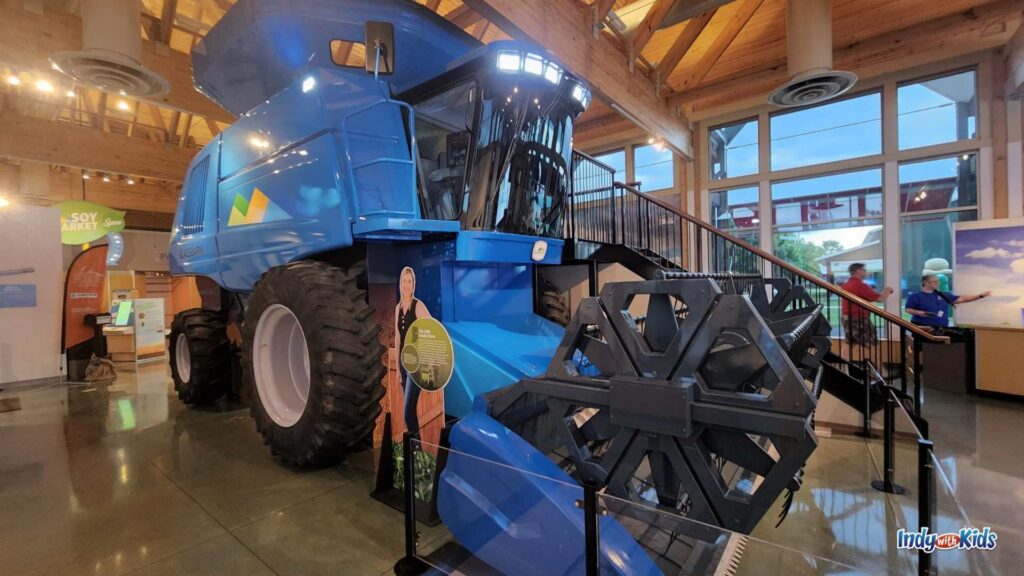
2021
A 20-foot tall interactive combine simulator was installed at the Glass Barn at the Indiana State Fair. Fairgoers could now see a modern combine and learn how farmers harvest their crops.
ISA partnered with the Children’s Museum of Indianapolis to offer soybean DNA Virtual Learning courses for middle school students.
block_6d080cffc90c4f76d950dbfde7b5561e
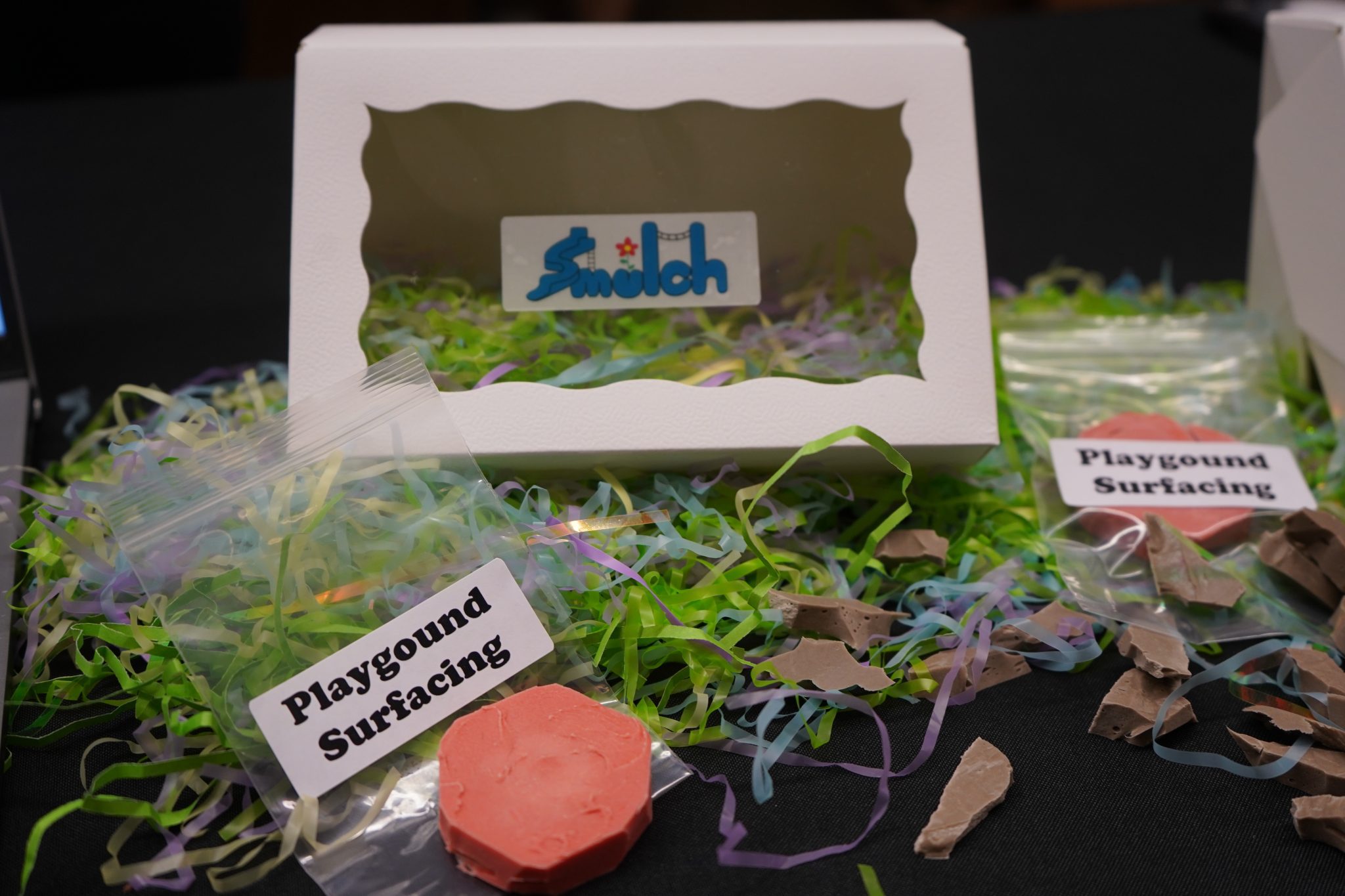
2022
Soybean-based mulch and playground surface won the top prize of the Student Soybean Innovation Competition. Team Smulch consisted of Libby Plassard, Ethan Miller, and Zuhal Cakir.
block_117f5ad09f301f1748442f2935a06ccf
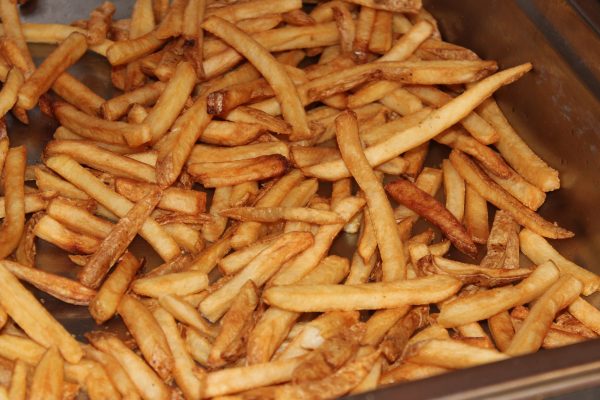
2023
Purdue Agronomy Professor Jianxin Ma was the first Indiana Soybean Alliance Endowed Chair in Soybean Improvement. ISA established this chair to advance critical soybean research.
ISA celebrated the Glass Barn’s 10th anniversary during the 2023 Indiana State Fair. Indiana soybean growers celebrated building something to educate millions of people about how soybeans are grown and why it’s an important crop.
Crafco, an Arizona-based supplier of packaged pavement preservation solutions, acquired PoreShield Concrete Protectant license from ISA. In a single application, PoreShield delivers more than 10 years of proven protection against water, salt, and freeze/thaw damage.
Thanks to 2023 partnerships, Gainbridge Fieldhouse, Fair Oaks Farms, Indiana State Fair vendors, Indianapolis Indians, Indiana University and Purdue University now use high-oleic soybean oil to prepare their fried foods.
ISA partnered with local Indiana author to write and publish a Farming choose your own adventure book for middle school students.
See more successes in the 2023 Annual Report
block_16aae90bf12651801233a0c500fd5798
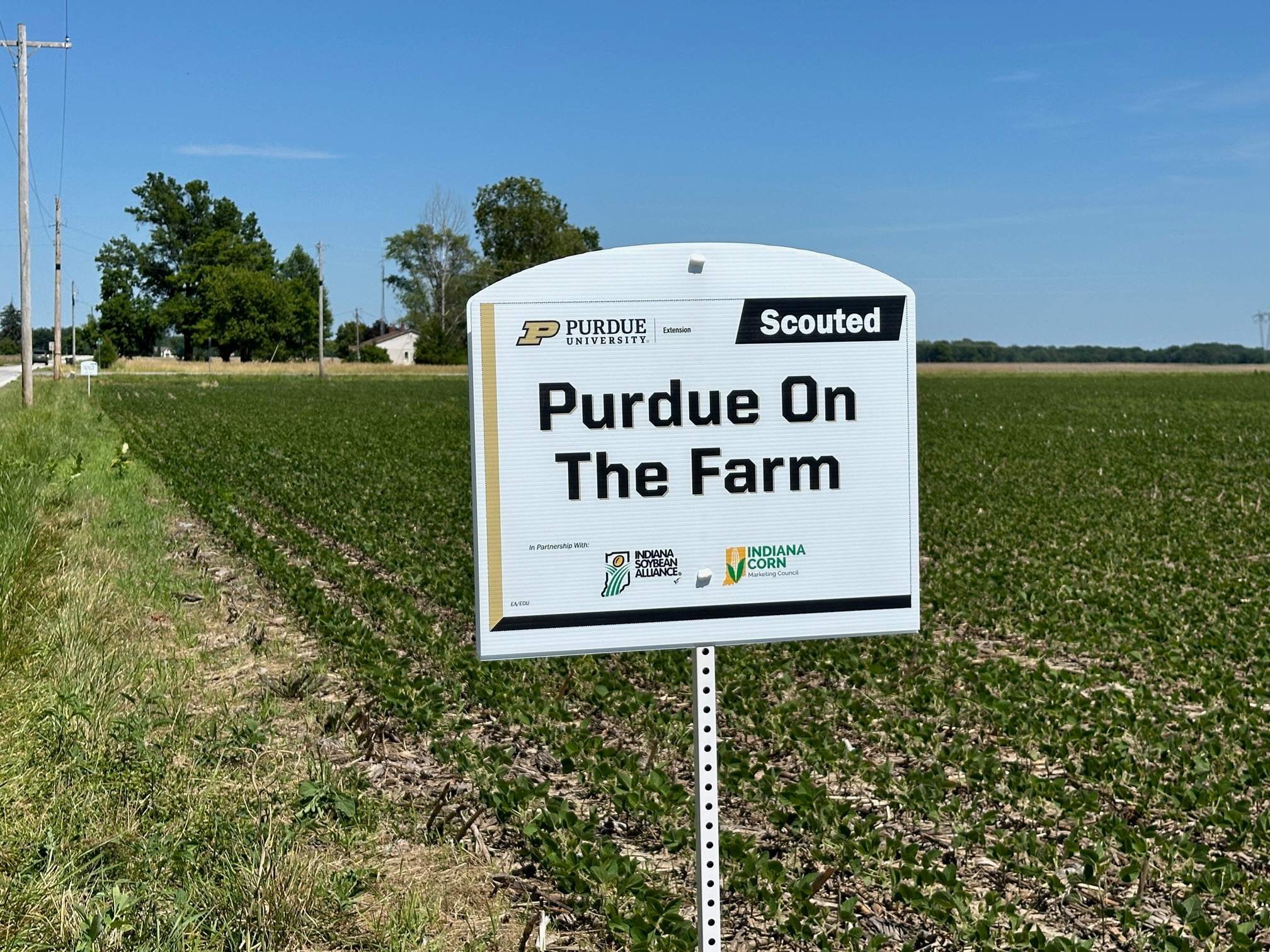
2024
ISA hosted 12 trade teams representing 26 countries and directly engaged in promotional activities with international markets in 30 countries. These activities covered 55% of the world’s population and 39% of the world’s GDP.
15 teams comprised of 48 Purdue University students developed novel soy-based products to compete for the top prize at the Student Soybean Innovation Competition. The competition fosters development of the next generation of entrepreneurs and supports innovation to enhance the value of soybeans.
Funded by ISA, the Purdue on the Farm program expanded farmers’ access to soil sampling and on-farm research. In 2024, Extension Educators and researchers collaborated with 47 farmers across 26 countries.
ISA provides dollars back to the farm. Fees for 4,846 PARP training courses were covered for farmers in 2024.
See more successes in the 2024 Annual Report
Celebrating 50 Years
2016 was the 50th year celebrating the accomplishments of the Soybean Checkoff.